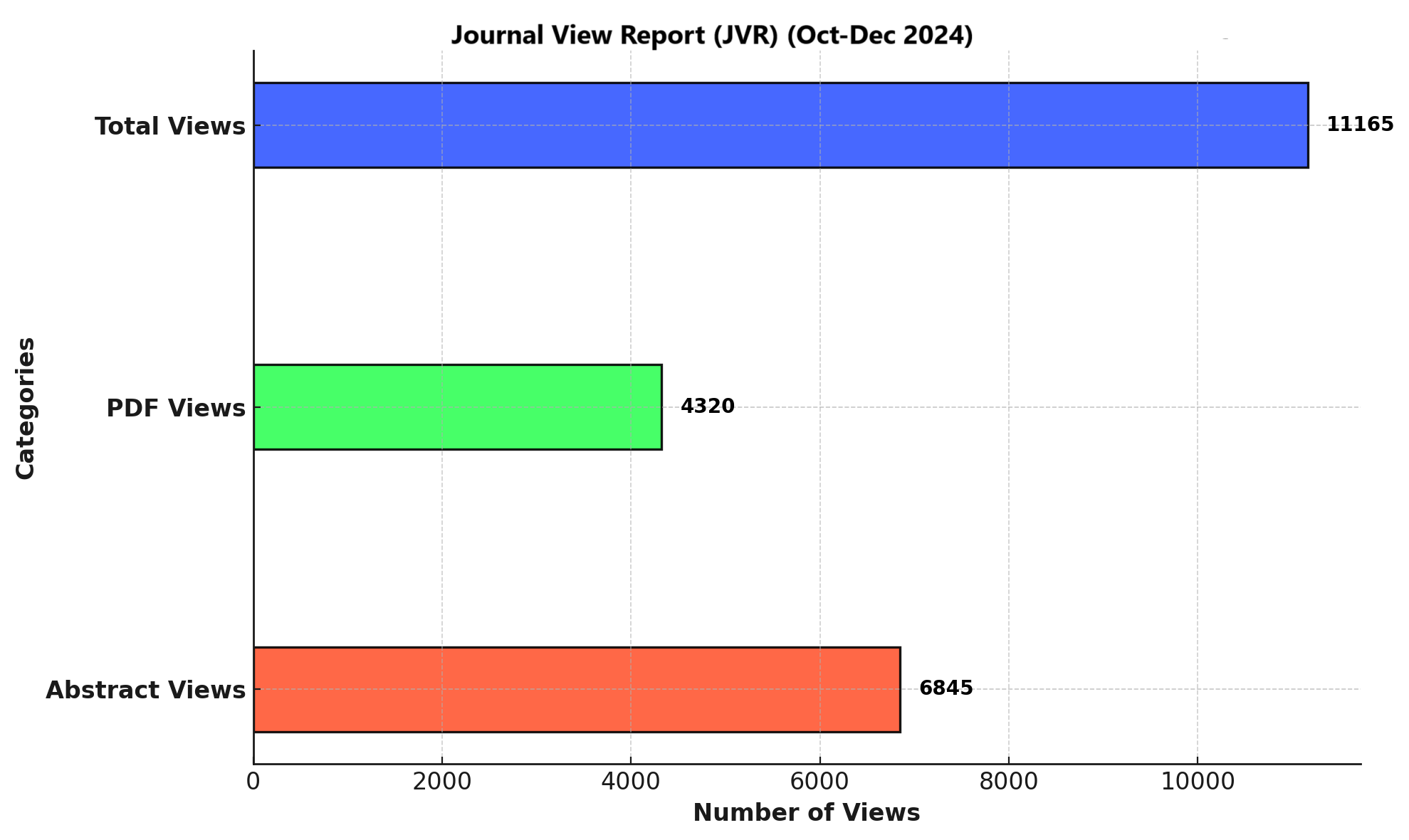DIAGNOSTIC ACCITRACY OF DOPPLER WAVEFORM ABNORMALITIES OF HEPATIC VEINS IN PATIENTS OF CHRONIC LIVER DISEASE (HEPATITIS C VIRUS INFECTION) KEEPING HISTOPATHOLOGY AS A GOLD SIANDARD
DOI:
https://doi.org/10.71000/nh9k3p76Keywords:
Chronic liver disease, diagnostic imaging, Doppler ultrasound, Hepatic veins, Hepatitis C, liver biopsy, sensitivity and specificityAbstract
Background: Hepatic vein waveform abnormalities are a significant marker of liver fibrosis in patients with chronic liver disease, particularly those infected with Hepatitis C Virus (HCV). While liver biopsy remains the gold standard for diagnosing fibrosis, it is invasive and not suitable for routine screening. Doppler ultrasound offers a noninvasive alternative, yet its diagnostic accuracy in detecting hepatic venous abnormalities in HCV-related chronic liver disease remains inadequately defined.
Objective: To determine the diagnostic accuracy of Doppler ultrasound in identifying hepatic vein abnormalities in patients with chronic HCV-induced liver disease, using histopathology as the gold standard.
Methods: This cross-sectional validation study was conducted at the Radiology Department of Military Hospital, Rawalpindi, over a six-month period. A total of 160 patients aged 20–70 years with suspected hepatic vein abnormalities due to chronic liver disease were enrolled through non-probability consecutive sampling. Each participant underwent Doppler ultrasound followed by liver biopsy. Patients were labeled as positive or negative for hepatic vein waveform abnormalities based on Doppler findings and histopathological reports. Sensitivity, specificity, positive predictive value (PPV), negative predictive value (NPV), and overall diagnostic accuracy of Doppler ultrasound were calculated using a 2×2 contingency table. Subgroup analysis was also performed based on age and diabetic status.
Results: Out of 160 patients, 122 (76.3%) showed abnormal Doppler findings, while 115 (71.9%) were confirmed as positive on histopathology. Doppler ultrasound demonstrated a sensitivity of 89.6%, specificity of 77.8%, PPV of 84.4%, NPV of 83.3%, and diagnostic accuracy of 84.3%. Among diabetic patients, specificity was slightly reduced to 76.0%.
Conclusion: Doppler ultrasound is a highly sensitive and reasonably specific noninvasive tool for detecting hepatic vein abnormalities in chronic HCV-related liver disease. It offers a practical alternative to liver biopsy, especially in resource-limited settings.
Downloads
Published
Issue
Section
License
Copyright (c) 2025 Anam Ibrahim, Raza Rahim Hyder , Aamna Saaed, Sarah Nathaniel, Maryum Khalid , Rabia Khan (Author)

This work is licensed under a Creative Commons Attribution-NonCommercial-NoDerivatives 4.0 International License.







